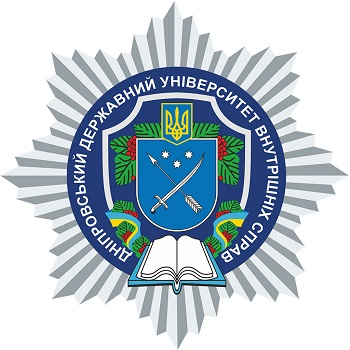THE CONCEPT AND ESSENCE OF MOBBING, WAYS TO OVERCOME IT
DOI:
https://doi.org/10.31733/2078-3566-2021-1-171-176Keywords:
mobbing, bullying, psychological pressure, collective harassment, psychological aggression, stress resistance.Abstract
Today, employers like to complain about the low efficiency of their employees. However, they do not take into account the fact that they themselves are not only unable to adequately organize the labor process, but also very often create their own non-working atmosphere, full of intrigue, harassment and violence. As a result, labor productivity is low, there is hatred for each other in the team, and the most promising employees can not withstand the pressure and are fired. For the most part, in post-Soviet labor collectives with a well-developed informal management apparatus, the rights of workers enshrined in the current legislation are leveled and the practices of “etching” or “surviving” people from work become acceptable. These may be workers with other socio-political views, those who do not succumb to the dominant practices of psychological or sexual oppression, aim to create an independent union, who prefer to work decently, rather than participate in the competition "who is closer to the throne" at regular banquets and meetings, gradually losing professional and personal dignity. The spread of mobbing in the field of labor shows the vulnerability of the most vulnerable categories of the population to increased labor exploitation, declining social status and lack of social support. Predatory laws of the market system dictate predatory behavior to labor market participants who are afraid of losing their livelihoods. Mobbing is a clear result of material stratification and marginalization of a large part of the population of Ukraine. It is to such consequences that global capitalism leads. And of course, we need to treat the causes, not the consequences. However, with adequate legal mechanisms to combat mobbing, one can hope to reduce the violent pressure on the employee. This will be facilitated by the "legal mechanism of counteraction" and not by the punitive pressure of law enforcement agencies, which stigmatizes victims of mobbing as informers and justifies the need for violence against them instead of protecting professional honor and human dignity.
References
1. Сорокіна А. А. Мобінг та булінг в трудових відносинах. Молодий вчений. 2018. № 11 (63). С. 139–146. URL: http://molodyvcheny.in.ua/files/journal/2018/11/35.pdf.
2. Коляда Т. А. Мобінг у трудових (службово-трудових) відносинах: до постановки проблеми. Вісник Харківського національного університету внутрішніх справ. 2010. № 2. С. 265–273. URL: http://nbuv.gov.ua/UJRN/VKhnuvs_2010_2_37.
3. Адамчук О. В. Поради керівнику щодо попередження та подолання мобінгу серед підлеглих. Вісник Національної академії Державної прикордонної служби України. 2014. Вип. № 2. URL: https://kipt.sumdu.edu.ua/pdf/buling/Vnadps_2014_2_15.pdf.
4. Мобінг: поняття, різновиди, причини, наслідки. Довідково-інформаційна платформа правових консультацій «WikiLegalAid». URL: https://wiki.legalaid.gov.ua/index.php/.
5. Сировой М. За цькування колег – штраф або громадські роботи. Харківська правозахисна група. Інформаційний портал «Права людини в Україні». 06.03.2019. URL: http://khpg.org/1551908206

